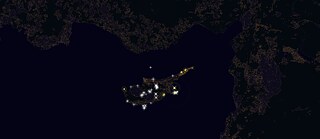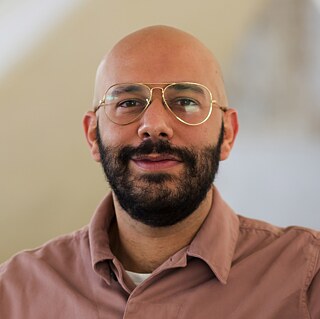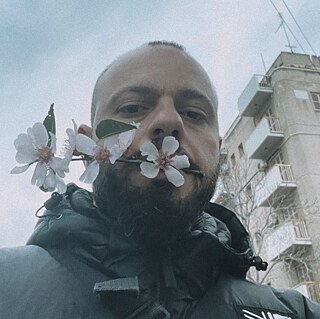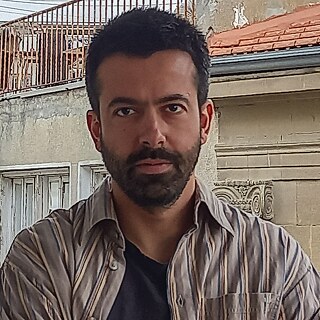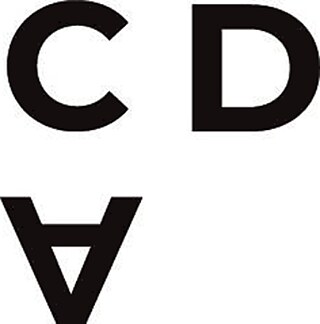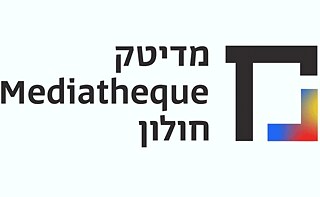Goethe-Institut Cyprus
Artworks by Stelios Kallinikou, Korallia Stergides
Curated by Evagoras Vanezis
Design and Development by Demetris Shammas
“The waters that we comprise are never neutral; their flows are directed by intensities of power and empowerment. [...] Water’s transits are neither necessarily benevolent, nor are they necessarily dangerous. They are rather material maps of our multivalent forms of marginality and belonging.”
Astrida Neimanis, Bodies of Water: Posthuman Feminist Phenomenology, 2017
As a niece addresses a poem to her beloved uncle, their voices blend and travel from a room in the Akamas’ cape at the northwest extremity of Cyprus, to the tip of the northeastern peninsula of Karpasia. Muddy bodies are molded from the sand and learn to walk, swim, and love. And as a photographer roams the island to capture those fleeting moments when reality reveals itself to be more serpentine than any projection, a water snake tangles its body on the banks of the Eagle Baths stream, readying itself for an entry to the water.
In Take us to the Water the present’s status as a contested arena of politics and memory takes on the textures of new possibilities. Landscapes, infrastructures, embodied experiences and non-human agents interlink in open-ended narratives about water and its transits, seen as both material and metaphor for exploring forms of belonging and exclusion. The suggestiveness of liquidity becomes a device for producing mappings of nuanced networks and flows, exploring the complex interconnections between Cyprus and the wider Mediterranean context.
Any attempt at navigating these flows presupposes walking into dense minefields of ideology and history. Looking at Cyprus from above and in the darkest hour, as this map suggests, is one way of acknowledging that the urgent flows of our times, such as those of climate change and environmental emergencies, demand new navigation tools that allow us to glide across lines of separation, prevalent as they are in other mappings of the island.
It is Akamas’ status as a natural reserve and the cries of environment activists that echo all through the wilderness of Karpasia, empowering the new bodies to arise from the sand. Their temporality is best exemplified by the raindrops that stick to the edges of endemic plants – a fragile dance of osmosis and transformation.
Through Stelios Kallinikou’s photography and Korallia Stergides’ poetry, you are invited to navigate the map in different ways: embracing fragmentariness, listening to a part of the recited poem whilst viewing photographs of your choice; or by viewing the complete set of photographs whilst listening to the poem as a whole, or any other combination. Embracing contradictory impulses in a non-hierarchical manner, the mapping challenges hegemonic narratives and suggests embodied ways of situatedness. The narratives that arise have as much to do with you as with the connections that the artists thread.

